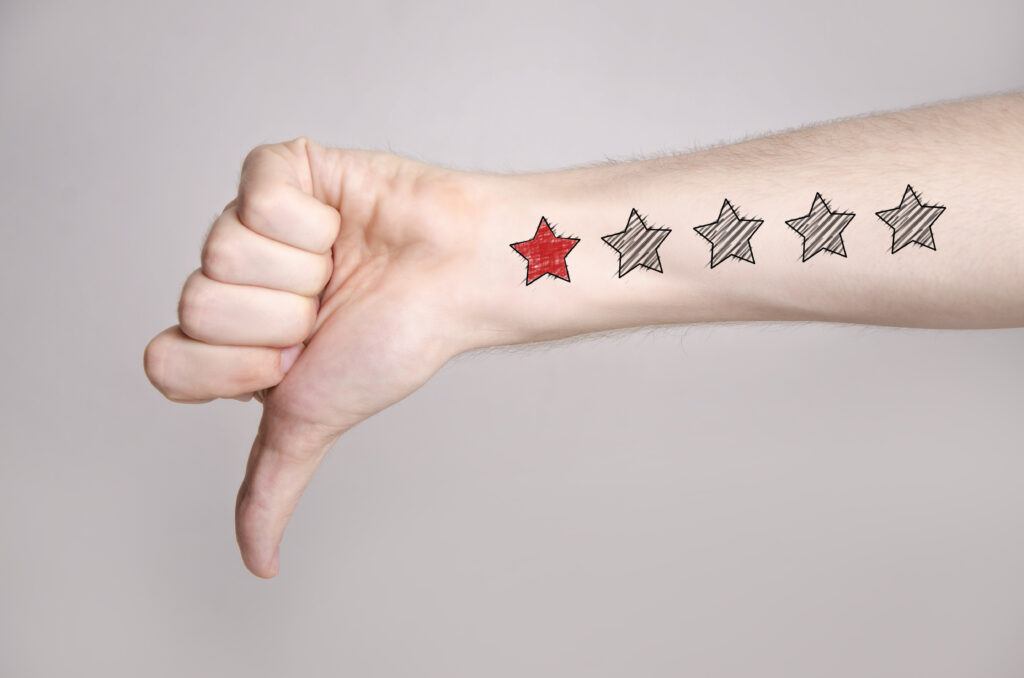
Every author gets bad reviews, but some bad reviews are avoidable.
There are always going to be those people who don’t like your work – your voice didn’t click, your story didn’t grab them. You can’t control that.
However, what you can control are the readers who don’t like your book because they were disappointed. They expected one thing but got another. They saw your ad on
Amazon describing a twisty thriller, and they couldn’t wait to dig into a dark, exciting story — only to find that your book was a sci-fi thriller, a caper set in a distant, high-tech future. This wasn’t at all what they expected when they hit that “BUY NOW” button, and they’re not too happy about it.
In short: you marketed your book to them, and when they sat down to read, it wasn’t what they expected.
By ensuring you know precisely WHO your reader is and making a concerted effort to market to that particular audience, you can ensure that bad reviews are few and far between.
Most first-time authors and indie authors don’t have big publishing houses with marketing research teams behind them. Regardless, authors still need to do the job of finding and speaking directly to readers to ensure that they don’t end up with a slew of lackluster – or, worse, mean! – reviews on their books.
So, how do you begin the process of positioning your book for success by talking to your actual intended audience? How do you make sure negative reviews don’t impact your book sales?
It’s all about targeting your marketing to ensure the RIGHT people are reading your book.
Emily A Myers recently debuted her book “The Truth About Unspeakable Things.” In the process of publishing her book, she realized she was trying to market to the wrong people. Once her book was correctly positioned, the crowd went wild.
In publishing her book, she realized she was trying to market to the wrong people and had her book listed in the wrong primary genre on Amazon. Choosing the genre can be tricky, and there’s a lot to know about the norms and expectations of the readers. Once her book was correctly positioned, the crowd went wild.
Initially, Emily thought her book was in Woman’s Fiction genre. Woman’s Fiction novels follow a female protagonist through a specifically female experience. But what made her book specific/different actually pushed her into an unintended category on Amazon.
If your book isn’t necessarily doing as well as you think, it could be in the wrong genre. Switching to the Thriller genre did remarkably better for her without changing a single word of her book.
In the PublishHer Podcast, Emily describes her book as a Thriller with a dash of romance and true crime elements but is a woman’s journey at its core.
Picking the correct genre will position your book for success.
- Amazon’s genre categories determine your audience.
- Know the expectations of your specific genre.
- Don’t let the story elements dictate the wrong genre.
- Your book is not for everyone – be okay with that.
- Research that genre and its norms and expectations.
No matter what you think about your book, go where the reader finds your book to be and show up in those places appropriately.
Keep working on finding your ideal readers – they are waiting for your book!

